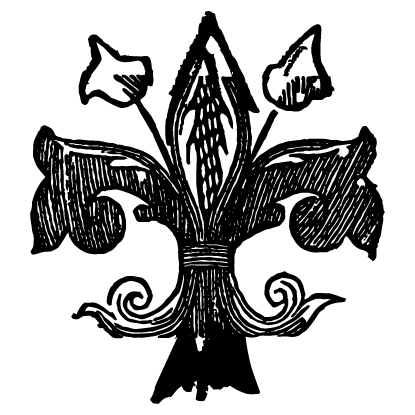LOVE FOR CASHMERE

Quality
We have a passionate love for pure cashmere and would like to share some of our thoughts on quality.
The first thing we recommend you always check for is the presence of a woven and sewn label on the item, with the lettering “Made in Italy”. Unfortunately sellers are not obliged to declare the origin of products under European law, meaning that some do not disclose information on the place of production, often encouraging the false belief that their offering is indeed made in our Country. Any items without the “Made in Italy” label have undoubtedly been made abroad and any professional producers would obviously declare this. This means we know nothing about production conditions and all too often the quality of materials is extremely low, worlds apart from Italian manufacturing tradition.
After discovering the actual provenance of a garment, there are a few other clues that help us to determine its quality.
The first and most important factor is the compactness of fabric, which should never be too open or soft. A tight and firm weave is the first indication of quality, a genuine guarantee of item durability. A tightly woven garment will wrinkle and crease much less, maintaining its original shape and size over time.
The second clue to look out for is how the item feels to the touch: it should be soft but not too fuzzy. Fuzziness refers to the light surface fluff which forms on the entire garment. Excess fuzziness means the garment will be prone to pilling. It is often caused by excessive fulling – the dipping of cloth in water, giving carded products their final touch and appearance. Usually excessive fulling is used to “bring out” the softness of lower quality yarns, making them softer and attractive when new, only to rapidly deteriorate because the base fibre is shorter and less fine.
Finishing is another important aspect to consider for your cashmere pullover: the waist flounce, collar and cuffs must also be firm and tightly woven, to prevent any unpleasant deformation which occurs when finishes are woven too loosely. Lastly, check whether cuff and flounce fastenings are handmade, so with the same material as the garment, as opposed to with cottons or synthetic yarns, often the case with shoddy machine finishing.
